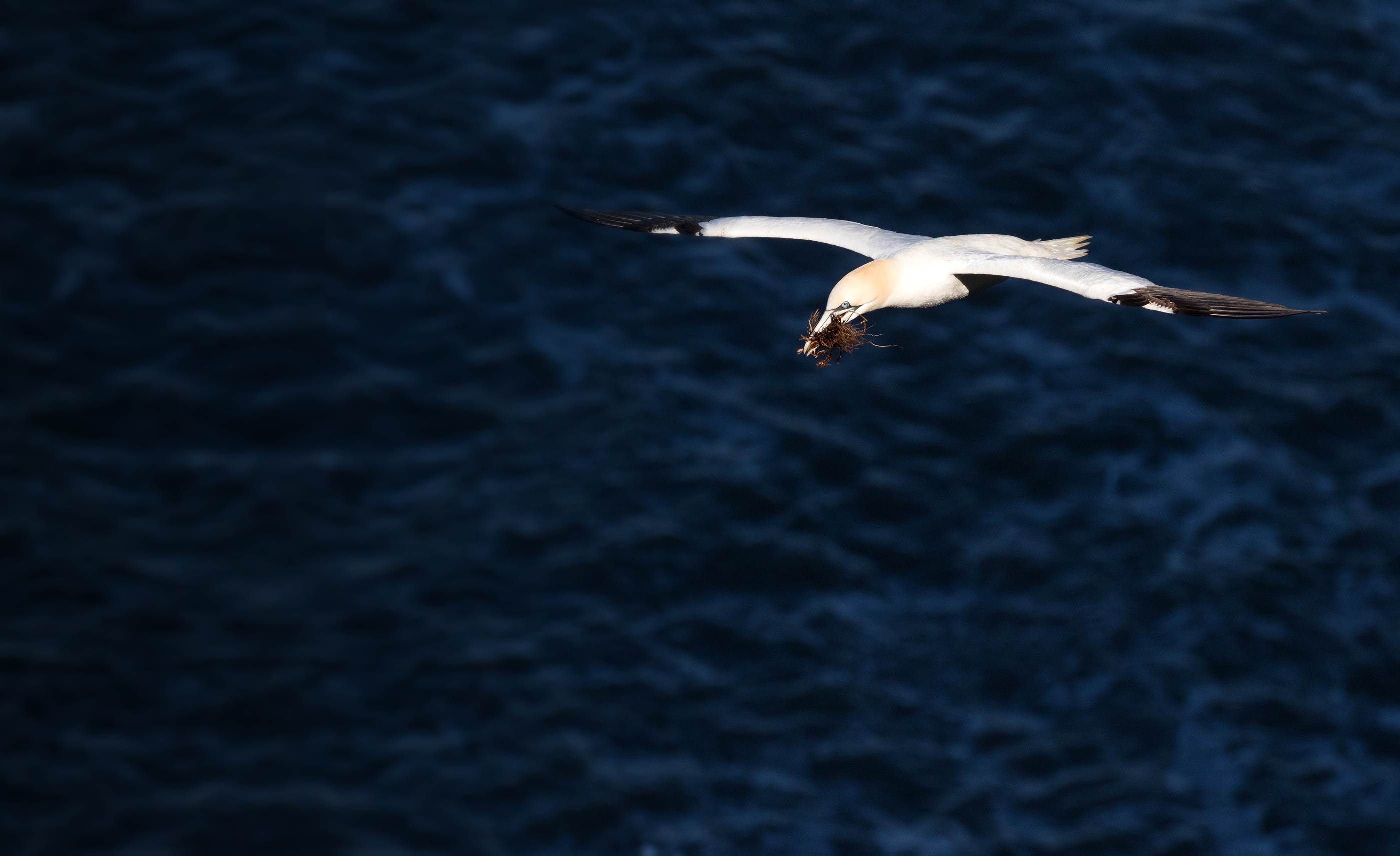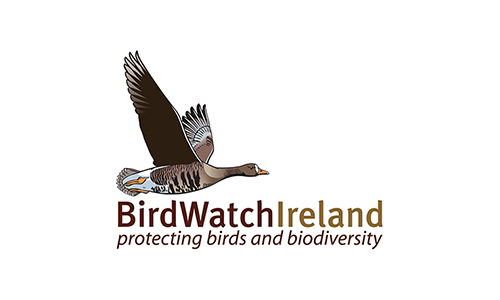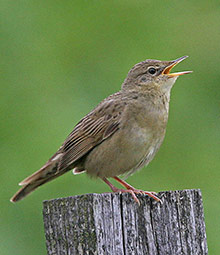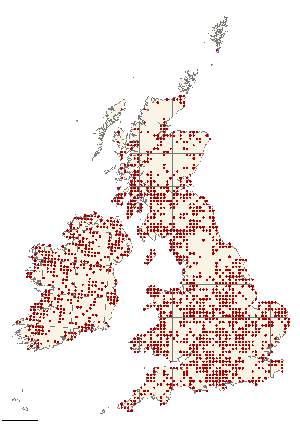Focus on the Grasshopper Warbler
Our provisional results show many more 10-km squares to be occupied compared with the 1988-91 Breeding Atlas. In Britain 30% more 10-km squares are occupied, and in Ireland the figure is 68%. Some of this apparent change may be down to better recording over the last four summers, especially as we have encouraged evening visits to suitable habitats and generally encouraged roving from the outset of the project.
Our long-term monitoring schemes are also detecting a change in fortunes. The Breeding Bird Survey has recorded a 23% increase in numbers between 1995-2009 in the UK and the Countryside Bird Survey has recorded an annual change of 4.2% between 1998-2009 in the Republic of Ireland.
Grasshopper Warblers are thought to winter in West Africa and the small number of ringing recoveries suggests a preference for coastal localities such as west Senegal and west Gambia. It is possible that conditions in the wintering grounds are more favourable than they used to be and that over-winter survival has increased.
Here on the breeding grounds, Grasshopper Warblers nest in a range of wet and dry habitats including fens, marshland, rough grassland, moorland, thickets, young plantations and forest clearings. They are easily detected by listening for their distinctive song (atlas code = S) and can be upgraded to probable breeding by making a repeat visit to record the bird on territory (atlas code = T). Not surprisingly, there are rather few records of confirmed breeding as seeing adults carrying food (atlas code = FF), finding nests (atlas code = ON) or seeing recently fledged young (atlas code = FL) is very difficult and requires much luck!












Share this page